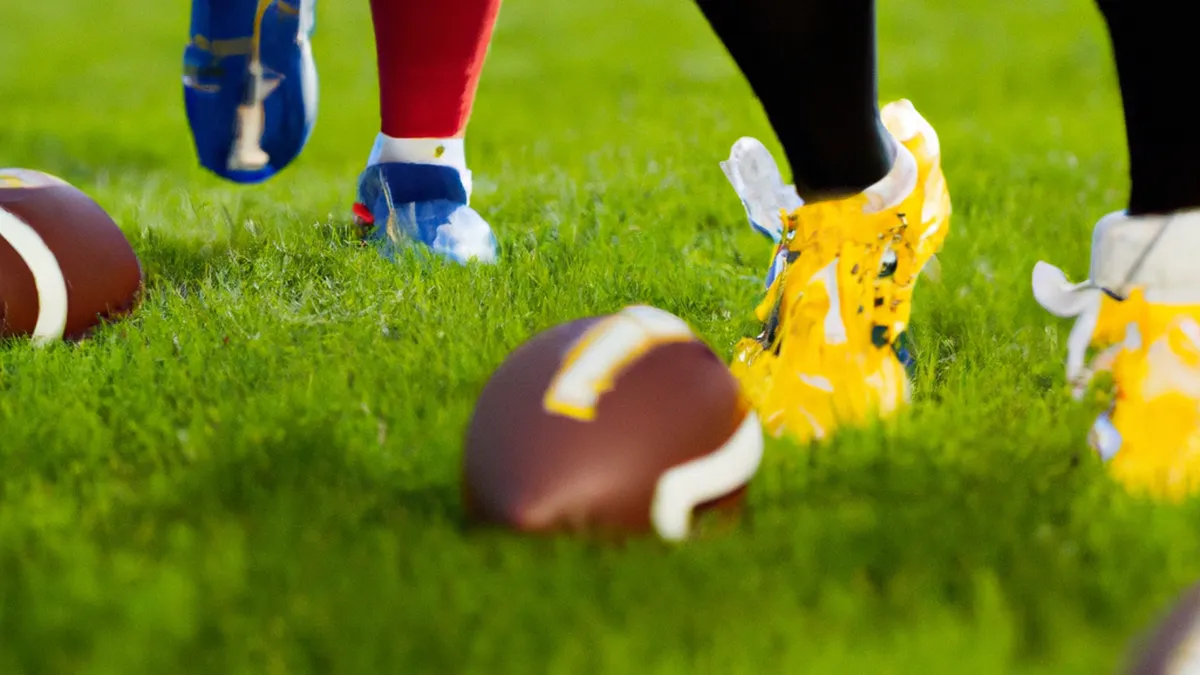Remedies for Runner’s Knee Relief
Common Overuse Injuries and ManagementAthletes and active individuals often face overuse injuries from repetitive stress on muscles, tendons, or bones. Unlike acute injuries, overuse injuries develop gradually. Understanding these injuries aids in prevention, management, and recovery. This blog post explores common overuse injuries, management strategies, and tips for long-term recovery and prevention.
What are Common Overuse Injuries?
Overuse injuries can affect many body parts. Here are some common types:
Tendinitis
Tendinitis inflames a tendon, usually from repetitive motion. It commonly affects the shoulders, elbows, knees, and Achilles tendon. Symptoms include pain, swelling, tenderness, and stiffness during movement.
Stress Fractures
Stress fractures create tiny cracks in bones from repetitive impact activities like running or jumping. They often occur in weight-bearing bones like the foot, shin, and pelvis. Early signs include localized pain that worsens with activity and eases with rest. Ignoring these symptoms can lead to serious fractures and longer recovery times.
Bursitis
Bursitis inflames the bursa, a fluid-filled sac that cushions and reduces friction between tissues. It commonly affects the hips, elbows, and shoulders. Symptoms include pain, swelling, and limited motion in the affected joint, often worsened by movement.
Plantar Fasciitis
Plantar fasciitis causes heel pain from inflammation of the plantar fascia, a tissue band across the foot’s bottom. This condition often affects runners and those on their feet for long hours. The hallmark symptom is heel pain, especially in the morning or after prolonged sitting. Activity may reduce pain, but it can return after rest.
Tips for Managing Overuse Injuries
As an Amazon Associate I earn from qualifying purchases.
Gear tip: consider compression sleeves, compression socks, and percussive massager to support this topic.
You can manage overuse injuries effectively to reduce recovery time and prevent complications. Here are essential strategies:
Rest and Recovery
Resting is crucial for healing. Avoid activities that worsen the injury to allow recovery time. Depending on the injury’s severity, you may need a break of days to weeks. Use low-impact cross-training activities like swimming or cycling to maintain fitness without risking further injury.
Ice and Compression
Applying ice helps reduce inflammation and numb pain. Use ice packs for 15-20 minutes every few hours, especially in the early stages of injury.
Conclusion
In summary, understanding and managing overuse injuries can enhance recovery and prevent future issues.
Conclusion
A brief summary concluding the insights shared.
Below are related products based on this post:
FAQ
What are common overuse injuries?
Common overuse injuries include tendinitis, stress fractures, bursitis, and plantar fasciitis. These injuries usually develop gradually due to repetitive stress on muscles, tendons, or bones. Each type has distinct symptoms and can affect various body parts, particularly those involved in physical activities.
How can I manage an overuse injury?
Effective management of overuse injuries involves rest and recovery, ice application, and compression. It’s important to avoid activities that exacerbate the injury and consider low-impact cross-training to maintain fitness. Applying ice can help reduce inflammation and numb pain, especially in the early stages of the injury.
What are the symptoms of plantar fasciitis?
Plantar fasciitis primarily causes heel pain due to inflammation of the plantar fascia. The pain is often most noticeable in the morning or after sitting for long periods. Although activity may temporarily alleviate the pain, it can return after rest, making it important to address the condition promptly.















Post Comment